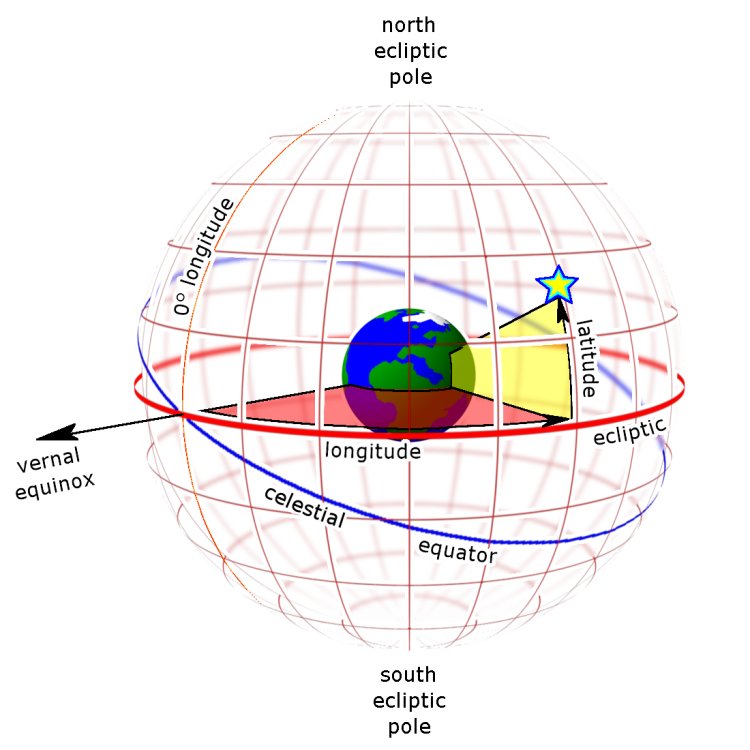What is Longitude ? Discuss about the Meridians of Longitude and its types, characteristics and importance
What is Longitude ? Discuss about the Meridians of Longitude and its types, characteristics and importance

Q :- What is Longitude ? Discuss about the Meridians of Longitude and its types, characteristics and importance.
Answer :-
Longitude :-
The angular distance that a straight line drawn from a point on the Earth's surface to the Earth's center makes along the equatorial surface of the earth with the main meridian is called the longitude of that place.
For example the longitude of Calcutta 88°33 east means that Calcutta makes an angle of 88°33 east from the prime meridian along the equatorial plane.
Meridians of Longitude :-
The semi-circular imaginary lines that extend north-south to the equator and the equator of the Earth by connecting equal longitudes on both sides of the main meridian are called meridians.
The English word 'meridian' is derived from the Latin word 'meridias' which means 'middle'. Hence the meridian is called 'Meridian'.
Characteristics of longitude :-
1. Extension :-
The meridian encircles the earth in the North - South direction.
2. Equal Length :-
Every meridian has equal perimeter. Because it starts from North Pole and ends at South Pole.
3. Shape :-
The meridians are imaginary lines of a semicircle and the sum of the angles at the center is 180°.
4. Number and value :-
360 meridians are drawn at 1° intervals. Maximum value of longitude is 180° and minimum value is 0°.
5. Length :-
Meridians are not parallel to each other. Because they meet at two poles. The linear distance between meridians is greatest at the equator. It decreases poleward from the equator and becomes zero at the poles.
6. Centroid :-
The centroid of all meridians is the center of the earth. The radius of the meridians is equal to the radius of the earth. So adding two opposite meridians forms the ellipse.
7. Relation to local time :-
Every place on the same longitude has the same local time.
8. Relationship with Axial Lines :-
Meridians always intersect the axial lines perpendicularly (at 90° angle).
9. Relationship with climate :-
Differences in climate can be observed between different places located on the same longitude.
10. Angular Sum :-
The angular sum of each longitude is 180°.
The Principal Meridians of Longitude of the Earth are -----
(1) Prime Meridian :-
The imaginary semicircular meridian extending north-south from North Pole to South Pole over London's Greenwich Mean Temple and dividing the earth into eastern and western hemispheres is called Prime Meridian. It makes an angle of 0° at the Earth's center. So its value is 0°. The eastern and western hemispheres are seen together at the prime meridian.
(2) International Date Line :-
Located opposite the equator. Its value is 180° . It is the final boundary between the Eastern and Western Hemispheres. Here too the eastern and western hemispheres can be seen together. It is the meridian that determines times and dates.
Importance of Meridians of Longitude :-
(1) Determination of position :-
How far a place or region of the earth is before the main meridian or what quality and time is determined. The longitude of a place is determined on the basis of the meridian. It is known with the help of Prime Meridian. The Prime Meridian divides the Earth into the Eastern and Western Hemispheres.
(2) Calculating Standard Time :-
The local time of the equator is calculated as the proof time of different countries through the proof time of all the world.
(3) Local time determination :-
Local time is determined based on the position of the midday sun on each meridian.
(4) Boundaries :-
Axis lines define the political boundaries of a country or states within a country. For example, 28° East longitude marks the borders of Libya and Egypt, 120° West longitude marks the borders of the states of California and Nevada.
(5) Date Division :-
The International Date Line is drawn along the 180° meridian which serves to divide dates on Earth.














